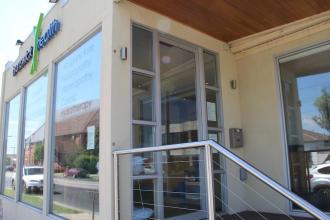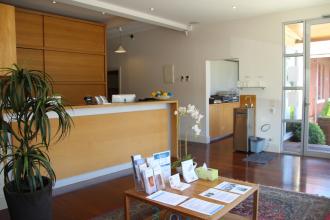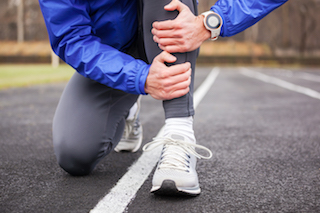Shin Splints
Are you eager to return to running but hindered by persistent shin pain? Have you been told to push through it, only to find the pain worsening? Does your shin now feel tender to the touch, particularly on the inner side? “Shin splints” is a common term used to describe pain in the lower leg due to exertion. However, it’s essential to note that it’s not a precise diagnosis but rather an indication of the pain’s location. To effectively address shin splints, it’s crucial to understand the underlying causes and tailor your treatment accordingly.
Identifying the Three Common Culprits
When evaluating lower leg pain, it’s essential to differentiate between three primary conditions before determining the appropriate treatment:
- Compartment Syndrome
- Hairline Stress Fracture
- Medial Tibial Stress Syndrome (MTSS)
Compartment Syndrome
In Compartment Syndrome, the lower leg contains four compartments of muscles, each encased in rigid fascia. During exercise, these muscles can expand in size, increasing pressure within the compartments by up to 20%. Excessive pressure can impede blood and nerve supply to the lower leg muscles, leading to rapid-onset pain. Numbness, tingling, or pain in the lower leg and foot may also occur.
Hairline Stress Fracture
Hairline stress fractures of the shin bone (tibia) often result from improperly managed or misdiagnosed shin splints. Unlike shin splints, the pain from stress fractures doesn’t subside with rest and can worsen during activities like climbing stairs or squatting. Diagnosis typically requires X-rays, but these fractures have thin lines that can be easily missed. In cases where clinical symptoms don’t align with X-ray findings, additional testing may be necessary to avoid a “false negative” diagnosis.
Medial Tibial Stress Syndrome (MTSS)
MTSS, also known as Medial Tibial Periostitis, is the most common cause of shin pain but is frequently misdiagnosed. It stems from inflammation of the periosteum, the membrane covering the shin bone. As lower leg muscles and fascia attach to the periosteum and pull during exercise, irritation occurs, leading to inflammation—hence the term “Tibial Periostitis.” The word “medial” indicates the pain’s location on the inside of the lower leg. Chronic irritation of the periosteum may even cause changes visible on X-rays as it induces a reaction in the underlying bone.
Identifying Factors Contributing to Shin Pain
Shin pain is prevalent among physically active individuals, affecting approximately 20% of runners and up to 35% of those in professions requiring extensive walking. It typically manifests as pain in the lower third of the shins following exercise, which only subsides with rest. Contributing risk factors may include:
- Recent increases in body mass.
- Reduced ankle and foot range of motion.
- Limb length disparities.
- Hips externally rotated due to tight gluteal muscles.
- Muscle strength and endurance in the legs.
- Foot posture, such as overly high arches or flat feet.
- Running style.
Preventing Shin Pain
To prevent shin pain from hindering your fitness goals, consider the following strategies:
-
Understand Stress and Recovery: Recognise the importance of adequate recovery time when exposing your bones, joints, muscles, and tendons to prolonged stress. This prevents progression from inflammation to potential fractures.
-
Gait Retraining: Evaluate and modify forces on your ankle and leg, addressing issues like overstriding that can stress your foot, ankle, and knee structures.
-
Biomechanical Assessment: Correct poor foot posturing with custom-made foot orthotics, reducing fatigue and the risk of injury.
-
Consultation: Discuss potential causes of shin pain through a comprehensive examination, including an assessment of your running style and foot and ankle functionality.
-
First Aid: Implement ice and active rest, along with strapping and taping to support fatigued structures.
-
Stretching Regimen: Reduce stiffness and enhance range of motion with a dedicated stretching routine.
-
Additional Treatments: Consider dry needling to release muscle tension and/or shockwave therapy to promote healing and alleviate pain.
Long-Term Management
For individuals grappling with shin pain, especially those who lead active lives, long-term management is vital to prevent recurrence and injury progression.
In conclusion, accurately identifying the root cause of your shin pain is the first step to effective treatment and prevention. Seek professional guidance to receive a precise diagnosis and a personalized plan to resume your physical activities without pain. Remember that proper management and preventive measures are essential for a healthier, pain-free future.
Not ready to book online? Email us instead
Call us during business hours on (03) 9380 8099
- Monday – Friday: 8.45am – 7:45pm
- Saturday: 8.45am – 5:00pm





